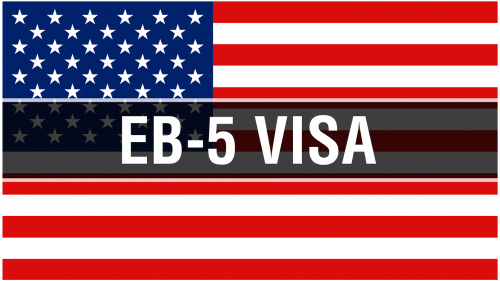
Regional investment centers that coordinate investments from EB-5 visa applicants have a month to pay a new annual fee to the Department of Homeland Security to administer the popular program.
The fees were included in the EB-5 Reform and Integrity Act of 2022 and took effect this week, the U.S. Citizenship and Immigration Services (USCIS) said in an announcement, and will be used to finance the EB-5 Integrity Fund.
“We may use fees collected for the EB-5 Integrity Fund to detect and investigate fraud and other immigration crimes,” the USCIS said.
EB-5 visas grease the administrative skids for residency applicants with the resources to invest in job-creating projects in the United States.
The new fee was set at $20,000 for regional centers with more than 20 investors, and $10,000 for centers with 20 or fewer investors.
“Per the new EB-5 law, we must terminate the designation of any regional center that does not pay the fee within 90 days of the due date,” USCIS said.
Regional centers will actually have to pay the fee twice in 2023: payment for FY 2023 is due by April 1 with the FY 2024 payment due to the U.S. Treasury in October. Future years will also be payable when they begin in October.
Some immigration analysts raised concerns that the new fees could weigh down some regional centers and possibly force them out of the system.
“Whatever the money is used for, it will come from the regional centers, not U.S. taxpayers, and it will come from adding to the many other fees the centers must pay, all of which may discourage interest in the program,” David North, a Fellow of the Center for Immigration Studies, wrote in a March 2 blog. “How many centers are there left in the program after all the new rules, regulations, and fees are in effect?”
The EB-5 program has been extremely popular with higher-income visa applicants, particularly doctors and other professionals from China and India, as a means of emigrating with their families to the United States. The program was approved by Congress in 1990 and launched in 1992 to encourage overseas investment in the United States; the requirements require a minimum investment of $1,050,000, although the ante for projects in specified rural and low-income areas is only $800,000. The USCIS said qualifying investments can include real estate, hotels, and housing developments.
Approximately 10,000 EB-5 visas are issued each year with at least 3,000 reserved for applications based on investments made through a regional center.
The program offers an opportunity for wealthy applicants to bypass the long waits for a green card that most other immigrants endure and allow applicants to remain in their home country while the paperwork is processed.
But regional centers have complained of overly long processing periods after fees from investors have already been paid by the visa applicants.
The system also has opened the door to often-tangled financial shenanigans on the part of some regional center operators. An ongoing case in Chicago federal court involves a group of Chinese investors who claim they were victimized by such middlemen in the construction of a $50 million residential tower on the upscale Lake Michigan shoreline.
According to USCIS, the U.S. Department of Homeland Security will use the EB-5 Integrity Fund to: conduct investigations based outside of the United States, including monitoring and investigating program-related events and promotional activities and ensuring that a noncitizen’s investment funds came from a lawful source and through lawful means; detect and investigate fraud or other crimes; determine whether regional centers, new commercial enterprises, job-creating entities, and immigrant investors comply with U.S. immigration laws; and conduct audits and site visits.




